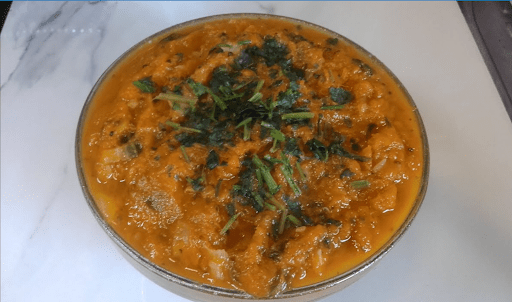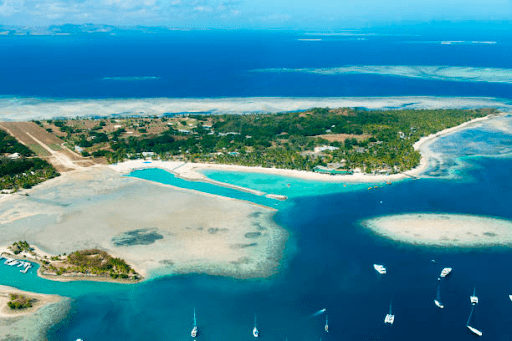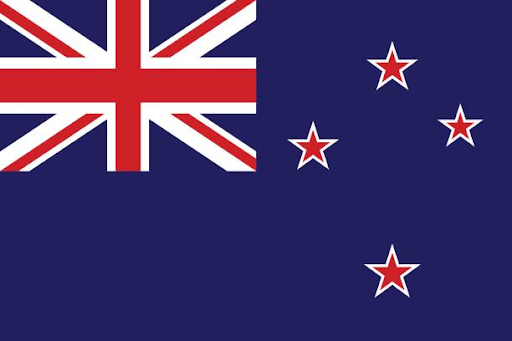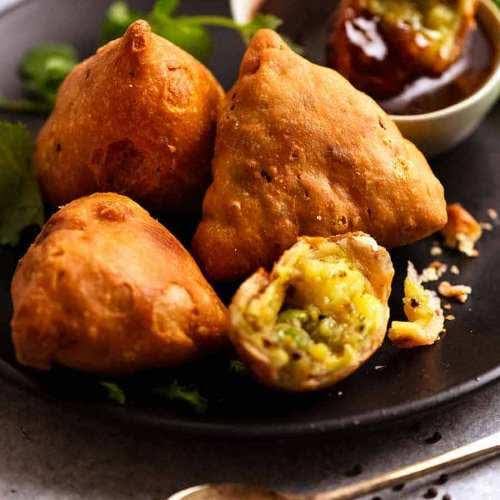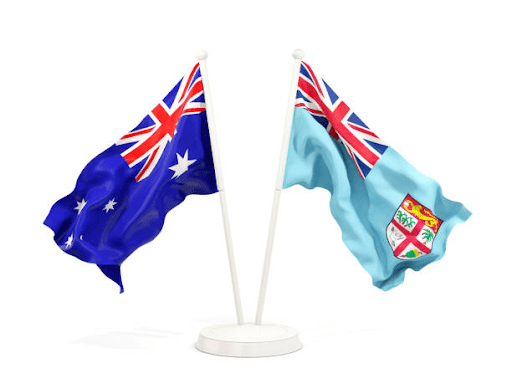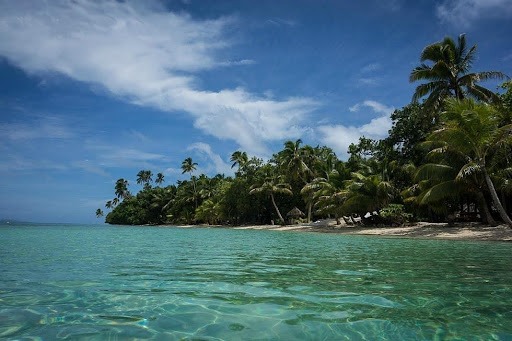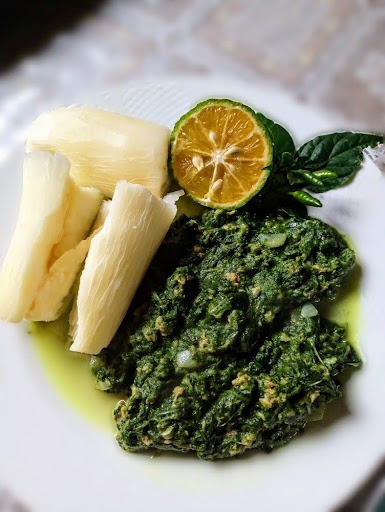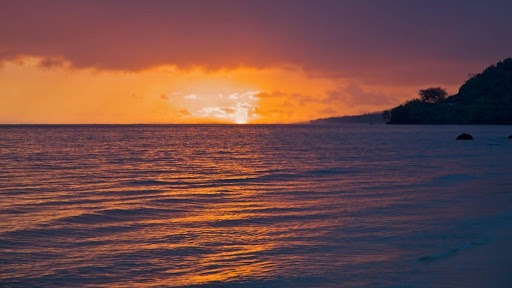All about the famous kava and yaqona in Fiji
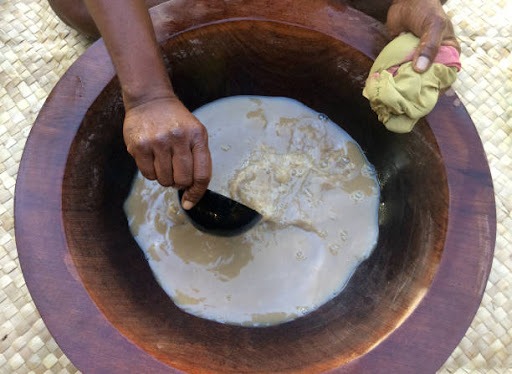
Kava, locally known as yaqona or grog, is an integral part of Fijian culture. It is consumed ritually when welcoming visitors, sending village members on journeys, christening boats, laying the foundations of homes, casting magical spells, making deals, settling arguments and, as is usually the case, chatting.
Kava is traditionally served as a part of a ceremonial atmosphere, most commonly in welcoming guests into a village and on important occasions. When visiting Fiji, you will find yourself taking part in plenty of kava ceremonies, especially when you visit any traditional villages. It is customary to present a gift of Yaqona (kava root) to the village head as a long-held tradition in Fiji.
History of kava
Traditionally, Pacific Islanders crushed, chewed and ground the root and stump of the shrub, then soaked it in cold water to produce a drink for ceremonies and cultural practices. These rituals were said to strengthen ties among groups, reaffirm status and help people communicate with spirits
Many Pacific Islanders who have settled in Australia have continued drinking kava or using kava extracts.
What is kava or yaqona?
Kava is a drug made from the ground roots of the plant Piper methysticum, a member of the pepper family that also includes black pepper. It is a native plant found in the South Pacific.
Kava can be taken as a drink or as a supplement or extract. The drink is made from the crushed root of the yoqana (pronounced yang-go-na) plant. Legend has it that kava was the drink of choice for the kings and queens of many countries in the Pacific Islands. The kava is often used for sedative, hypnotic and muscle-relaxant effects. When drunk, it creates a sense of calm, numbness and relaxation for the drinker.
How is kava or yaqona created?
The roots are sun-dried, ground down to a fine powder, then mixed with cold water as the fresh releases moisture during the grinding to create the drink. Pounding is done in a large stone with a small log. The end result is a brownish coloured liquid that is then strained and ready for drinking. Traditionally, kava is drunk from the shorn half-shell of a coconut, called a bilo.
How to receive kava in a kava ceremony?
Your host will offer kava as high tide (full cup) or low tide (half cup). When presented with the kava, clap once and yell ‘Bula!’ (Fijian for hello). Drink the kava in one gulp if possible, clap three more times and end with the word Maca – pronounced ‘Ma-tha’.
Kava ceremony etiquette
You are expected to dress modestly and respectfully when participating in a kava ceremony. It is also a tradition to present the village chief with a kava root, which you can find at any Fijian market.
Guests will sit in a circle around a communicable kava tanoa (bowl) which is placed in front of the chief. The ceremony commences with the actual production of the kava.
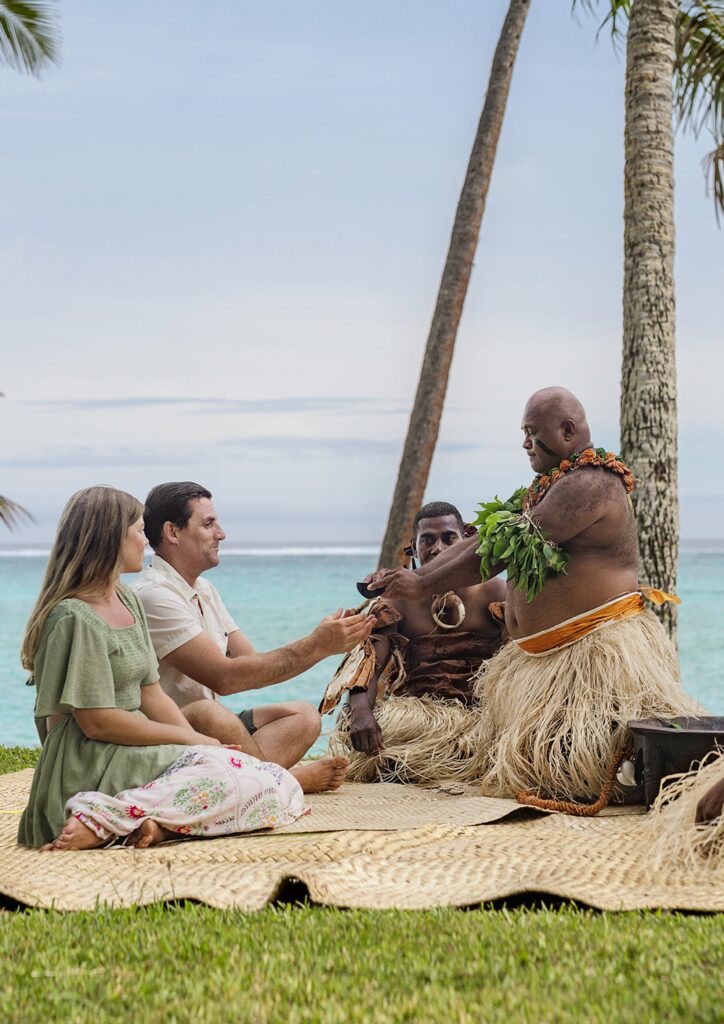
Once you’ve finished your kava, you will feel a sense of calmness, with a slight numbness around your mouth, lips and tongue. Do not reject any kava even if you do not enjoy the drink as it’s considered very disrespectful.
You are allowed to take photographs during the ceremony but it is always best for you to seek permission first from your host or tour guide.
How much Kava roots can you take home (overseas)?
According to the biosecurity authority of Fiji, individuals are allowed 15kg each of Yaqona but home countries also have a limit in allowing foreign substance passing through their custom security’s such as Australia, which only allows about 4kg of Yaqona per person. For the latter, you can liaise with your individual consulate in Fiji on how many Yaqona roots you can take home.
Where can you buy Kava roots in Fiji?
Kava shops are available in every city, town and even having residential places selling them but the best places to pick these out are at local markets. It is the most accessible and most in demand product in Fiji, the question is not where you can get it but which Yaqona product is the best to take home? The Yaqona’s to choose from, are from Kadavu, Moala and Vanua Levu – some of the best places with rich and tropically wet soil.


